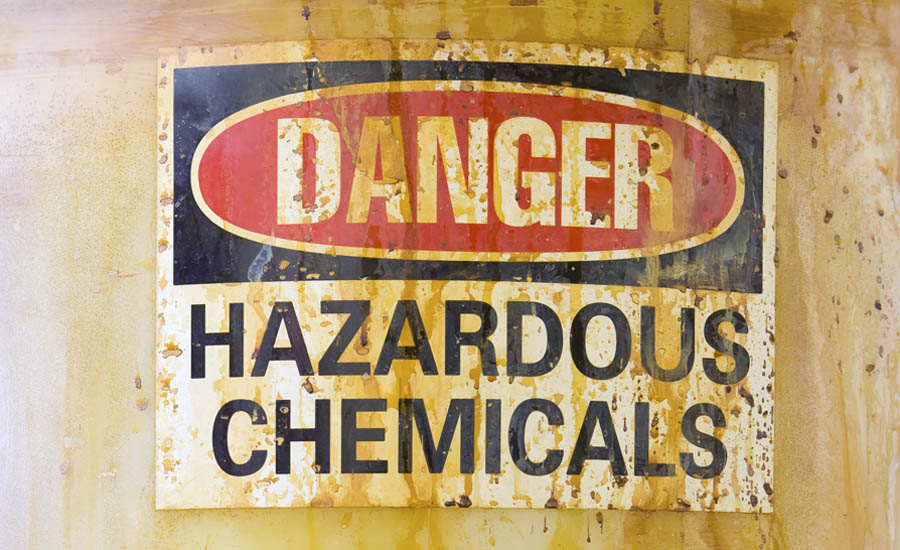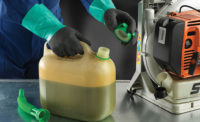A great deal of attention about chemical dangers in the workplace gets focused on inhalation as an exposure route, but skin contact – especially via busy hands -- can also result in significant harm to human health. In many cases, skin is a more significant route of exposure than the lung. This is particularly true for non-volatile chemicals which are relatively toxic and can remain on work surfaces for long periods of time. Toxins can damage the skin directly, be absorbed into the body through the skin or enter the body via hand-to-mouth transfer. Many studies indicate that absorption of chemicals through the skin can occur without being noticed by the worker.
Skin v. lung exposure
How widespread is the need for chemical barriers? Skin exposure to chemicals in the workplace is a significant problem in the U.S. Both the number of cases and the rate of skin disease exceed recordable respiratory illnesses. In its Pocket Guide to Chemical Hazards1, the National Institute for Occupational Safety and Health (NIOSH) identifies approximately 450 organic substances for which skin protection is required.
Hand protection that is in the chemical protective clothing (CPC) category is vitally important in the control of chemical hazards in the workplace. Having said that, neither NIOSH nor OSHA recommend relying on CPC as a first line of defense against chemical exposure, because it is not always reliable in providing consistent, dependable protection.
It’s important to keep in mind that commonly available glove materials provide only limited protection against many chemicals. The best approach is to select the most appropriate glove for a particular application and to determine how long it can be worn and whether it can be reused.
CPC should be only one component of an approach that includes substitution or elimination; process change; isolation/enclosure; ventilation; good housekeeping; training, medical surveillance programs; and environmental monitoring. This comprehensive strategy can be effective at controlling all chemical hazards, including those that primarily involve potential contact with the skin because of aerosol impingement or direct contact.
How to determine CPC hand protection needs?
Companies must consider cost, practicality of use, workplace exposure conditions, and toxicity when choosing CPC.
OSHA’s Personal Protective Equipment (PPE) standard (1910.1322) requires a hazard assessment that includes: conducting a survey of each operation; identifying specific potential hazards; organizing the data; and analyzing the information. The analysis should include a determination of the level of risk and seriousness of the potential injury from each hazard found in the area.
NIOSH has a Recommendations for Chemical Protective Clothing database3 that’s a good starting point for those seeking information about CPC hand protection. Keep in mind, though, that although glove materials and construction are tested, the actual use conditions of the CPC may differ from those in the laboratory in terms of working temperatures, mechanical stresses and exposure to chemical mixtures. Additionally, workers may need a certain level of tactility when performing a job. NIOSH says more frequent changes but better usability may be an acceptable trade-off for choosing a glove with a shorter breakthrough time. Another factor to consider: gloves will likely become contaminated on the inside by repeated doffing and donning.




